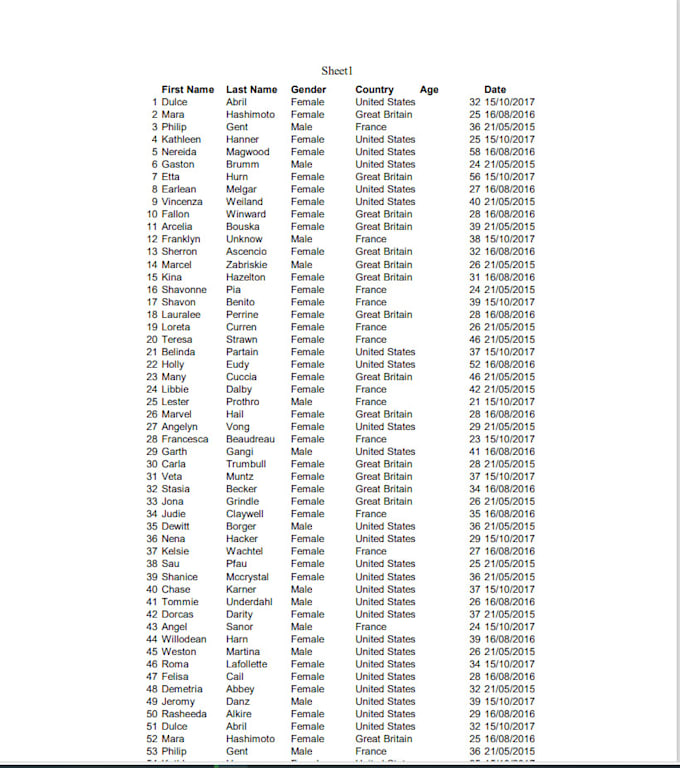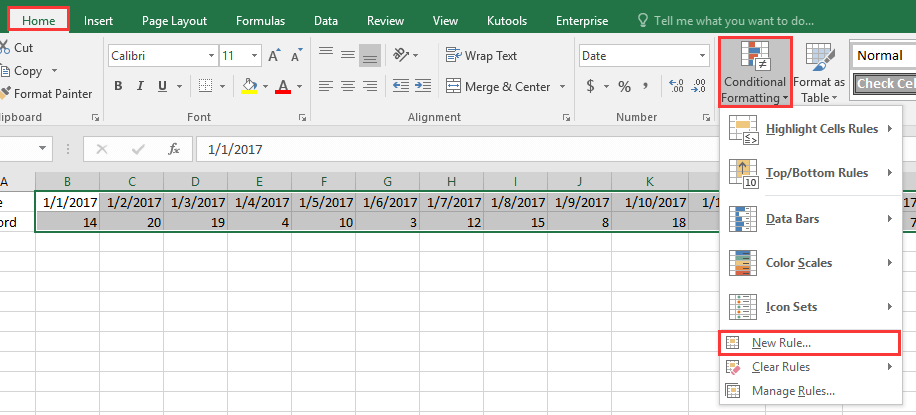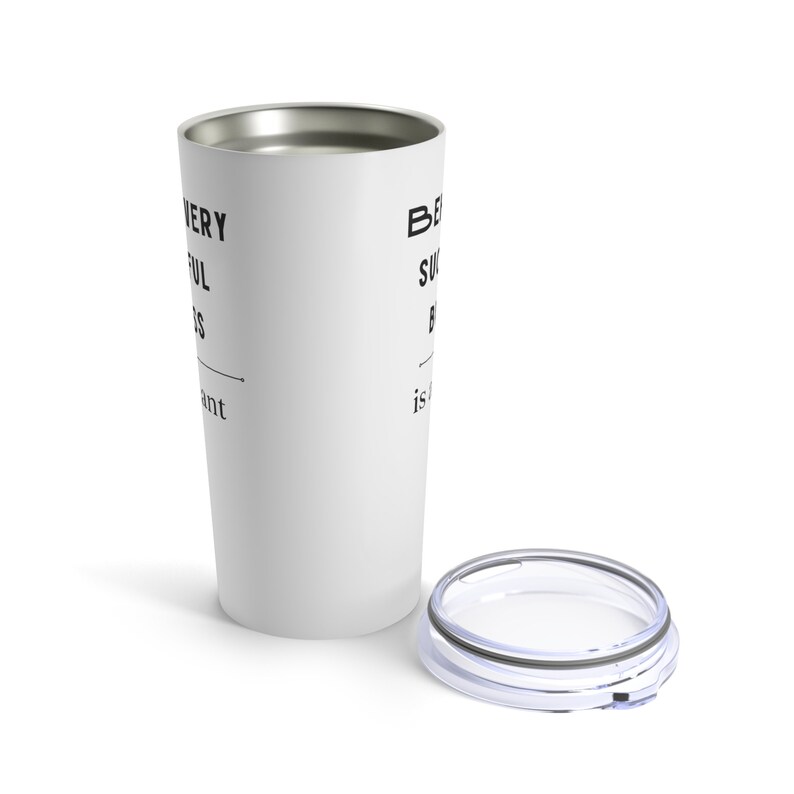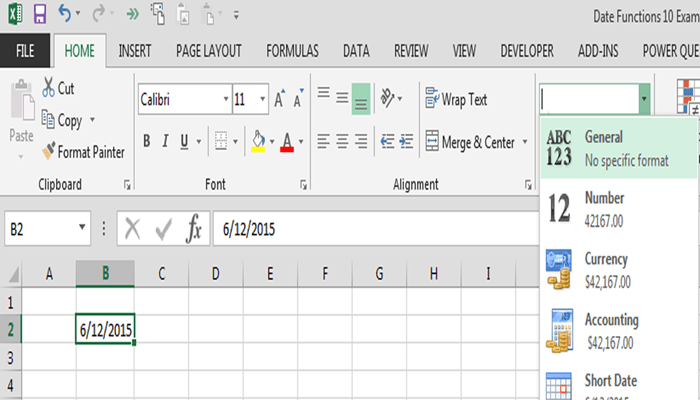

- TAKE TIME OUT OF DATE IN EXCEL HOW TO
- TAKE TIME OUT OF DATE IN EXCEL SERIAL NUMBER
- TAKE TIME OUT OF DATE IN EXCEL MOD
- TAKE TIME OUT OF DATE IN EXCEL UPDATE
If year is between zero and 1900, Excel will add 1900.
TAKE TIME OUT OF DATE IN EXCEL SERIAL NUMBER
TAKE TIME OUT OF DATE IN EXCEL UPDATE
The result of COUNTIF will update dynamically when A1, B1, or C1 are changed. For example, to count dates greater than Januin a worksheet where A1, B1, and C1 contain year, month, and day values (respectively), you can use a formula like this: =COUNTIF(range,">"&DATE(A1,B1,C1))

The DATE function can be used to supply dates as inputs to other functions like SUMIFS or COUNTIFS, since you can easily assemble a date using year, month, and day values that come from a cell reference or formula result.

If A1 is then changed to 2019, the DATE function will return a date for April 15, 2019. For example, with 2018 in cell A1, the formula below returns the date April 15, 2018: =DATE(A1,4,15) // Apr 15, 2018 In Excel 2016, you can find tools for working with dates by clicking Date & Time in the Formulas Ribbon.

The DATE function is useful for assembling dates that need to change dynamically based on other inputs in a worksheet. Remember, the month is formatted as its numeric value. You can use the following formulas to get the month and then the year from the date in cell A2: MONTH (A2) YEAR (A2) You'll then see the result in the cell containing the formula. Example #1 - hard-coded numbersįor example, you can use the DATE function to create the dates January 1, 1999, and Jwith the following syntax: =DATE(1999,1,1) // returns Jan 1, 1999 YEAR (reference) where you refer to the cell containing the date. Note: to move an existing date forward or backward in time, see the EDATE and EOMONTH. In general, the DATE function is the safest way to create a date in an Excel formula, because year, month, and day values are numeric and unambiguous, in contrast to text representations of dates which can be misinterpreted. Apply a date number format to display the output from the DATE function as a date. Each argument is provided as a number, and the result is a serial number that represents a valid Excel date. The ExcelDemy Team is always available to answer your questions.The DATE function creates a date using individual year, month, and day arguments. Please feel free to offer your thoughts in the comments area below. Please do not hesitate to contact us if you have any queries. Because of your invaluable support, we’re inspired to continue creating lessons like this. In the example shown, the formula in D5 is: MOD(B5,1) which returns the time portion of the value in B5, 1:00 PM.
TAKE TIME OUT OF DATE IN EXCEL MOD
Examine the practice booklet and put your newfound abilities to the test. To extract the time from a date that contains time (sometimes called a 'datetime'), you can use a formula based on the MOD function. You should learn all of these processes and apply them to your dataset.
TAKE TIME OUT OF DATE IN EXCEL HOW TO
To sum up, I hope this post has given you a thorough understanding of how to calculate average time in Excel. Read More: How to Calculate Average of Text in Excel (2 Ways) The dates were not in the same interval therefore, it differs. As a result, you can see that the average is presented, but it is not the same as the overall average time.


 0 kommentar(er)
0 kommentar(er)
